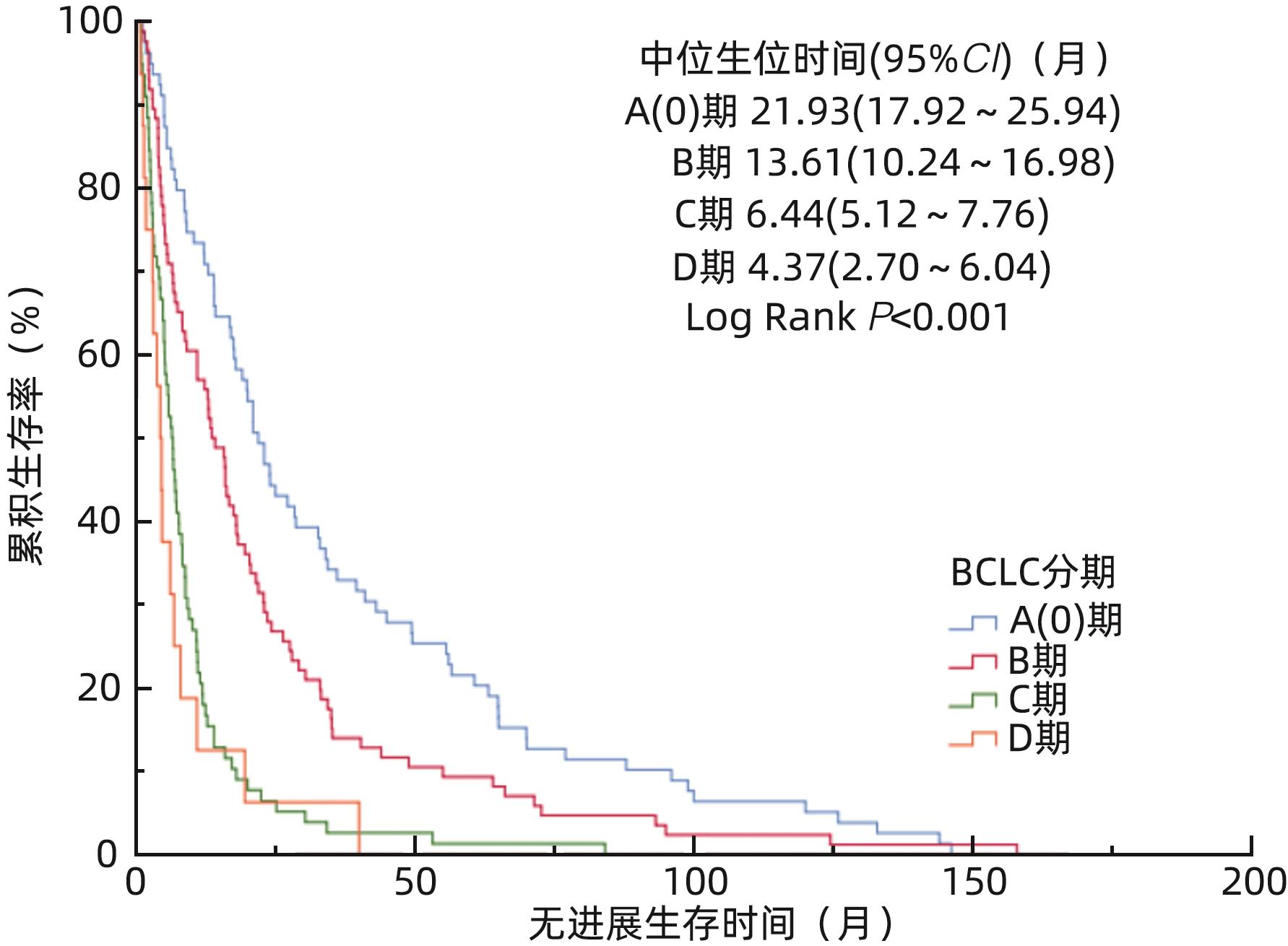| [1] |
WHO. Data visualization tools for exploring the global cancer burden in 2020[EB/OL].( 2020-01-01)[ 2021-06-16]. https://gco.iarc.fr/today/home. https://gco.iarc.fr/today/home |
| [2] |
BRAY F, FERLAY J, SOERJOMATARAM I, et al. Global cancer statistics 2018: GLOBOCAN estimates of incidence and mortality worldwide for 36 cancers in 185 countries[J]. CA Cancer J Clin, 2018, 68( 6): 394- 424. DOI: 10.3322/caac.21492. |
| [3] |
|
| [4] |
|
| [5] |
MARTEL CD, GEORGES D, BRAY F, et al. Global burden of cancer attributable to infections in 2018: A worldwide incidence analysis[J]. Lancet Glob Health, 2020, 8( 2): e180- e190. DOI: 10.1016/S2214-109X(19)30488-7. |
| [6] |
TSILIMIGRAS DI, BAGANTE F, SAHARA K, et al. Prognosis after resection of Barcelona clinic liver cancer(BCLC) stage 0, A, and B hepatocellular carcinoma: A comprehensive assessment of the current BCLC classification[J]. Ann Surg Oncol, 2019, 26( 11): 3693- 3700. DOI: 10.1245/s10434-019-07580-9. |
| [7] |
Specialist Group of Interventional Drugs, Interventionalists Branch of Chinese Medical Doctor Association. Chinese expert consensus on intra-arterial drug and combined drug administration for primary hepatocellular carcinoma[J]. Chin J Intern Med, 2023, 62( 7): 785- 801. DOI: 10.3760/cma.j.cn112138-20230202-00049. |
| [8] |
General Office of National Health Commission. Standard for diagnosis and treatment of primary liver cancer(2022 edition)[J]. J Clin Hepatol, 2022, 38( 2): 288- 303. DOI: 10.3969/j.issn.1001-5256.2022.02.009. |
| [9] |
PETRICK JL, FLORIO AA, ZNAOR A, et al. International trends in hepatocellular carcinoma incidence, 1978-2012[J]. Int J Cancer, 2020, 147( 2): 317- 330. DOI: 10.1002/ijc.32723. |
| [10] |
|
| [11] |
YANG JD, HAINAUT P, GORES GJ, et al. A global view of hepatocellular carcinoma: Trends, risk, prevention and management[J]. Nat Rev Gastroenterol Hepatol, 2019, 16( 10): 589- 604. DOI: 10.1038/s41575-019-0186-y. |
| [12] |
|
| [13] |
HUANG DQ, TRAN A, YEH ML, et al. Antiviral therapy substantially reduces HCC risk in patients with chronic hepatitis B infection in the indeterminate phase[J]. Hepatology, 2023, 78( 5): 1558- 1568. DOI: 10.1097/HEP.0000000000000459. |
| [14] |
WOJCIECHOWSKA J, KRAJEWSKI W, BOLANOWSKI M, et al. Diabetes and cancer: A review of current knowledge[J]. Exp Clin Endocrinol Diabetes, 2016, 124( 5): 263- 275. DOI: 10.1055/s-0042-100910. |
| [15] |
MAK LY, HUI RW, LEE CH, et al. Glycemic burden and the risk of adverse hepatic outcomes in patients with chronic hepatitis B with type 2 diabetes[J]. Hepatology, 2023, 77( 2): 606- 618. DOI: 10.1002/hep.32716. |
| [16] |
YOU YL, DENG MH, GONG JP. The association between type 2 diabetes mellitus and hepatocellular carcinoma[J]. J Clin Hepatol, 2018, 34( 8): 1793- 1796. DOI: 10.3969/j.issn.1001-5256.2018.08.045. |
| [17] |
WANG L, XIAN YT, YANG ZQ, et al. Effect and factor analysis of different treatment strategies on prognosis of advanced hepatocellular carcinoma patients[J/CD]. Chin J Interv Radiol Electron Ed, 2018, 6( 2): 104- 108. DOI: 10.3877/cma.j.issn.2095-5782.2018.02.003. |
| [18] |
JUN TW, YEH ML, YANG JD, et al. More advanced disease and worse survival in cryptogenic compared to viral hepatocellular carcinoma[J]. Liver Int, 2018, 38( 5): 895- 902. DOI: 10.1111/liv.13613. |
| [19] |
HE YJ, ZHANG ZM, HE WM, et al. Epidemiological characteristics and prognosis of hepatocellular carcinoma: A single-center observational real-world cohort study of 1 302 cases[J]. J Clin Hepatol, 2019, 35( 5): 1002- 1007. DOI: 10.3969/j.issn.1001-5256.2019.05.014. |
| [20] |
|
| [21] |
SHI K, BI Y, ZENG X, et al. Effects of adjuvant huaier granule therapy on survival rate of patients with hepatocellular carcinoma[J]. Front Pharmacol, 2023, 14: 1163304. DOI: 10.3389/fphar.2023.1163304. |








 DownLoad:
DownLoad:

